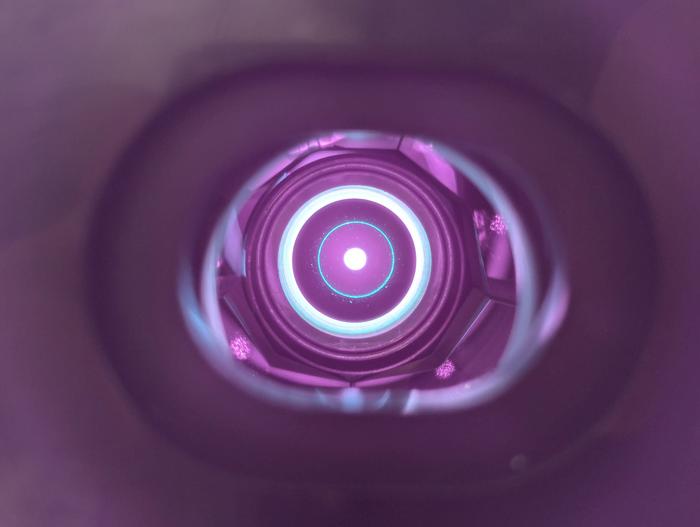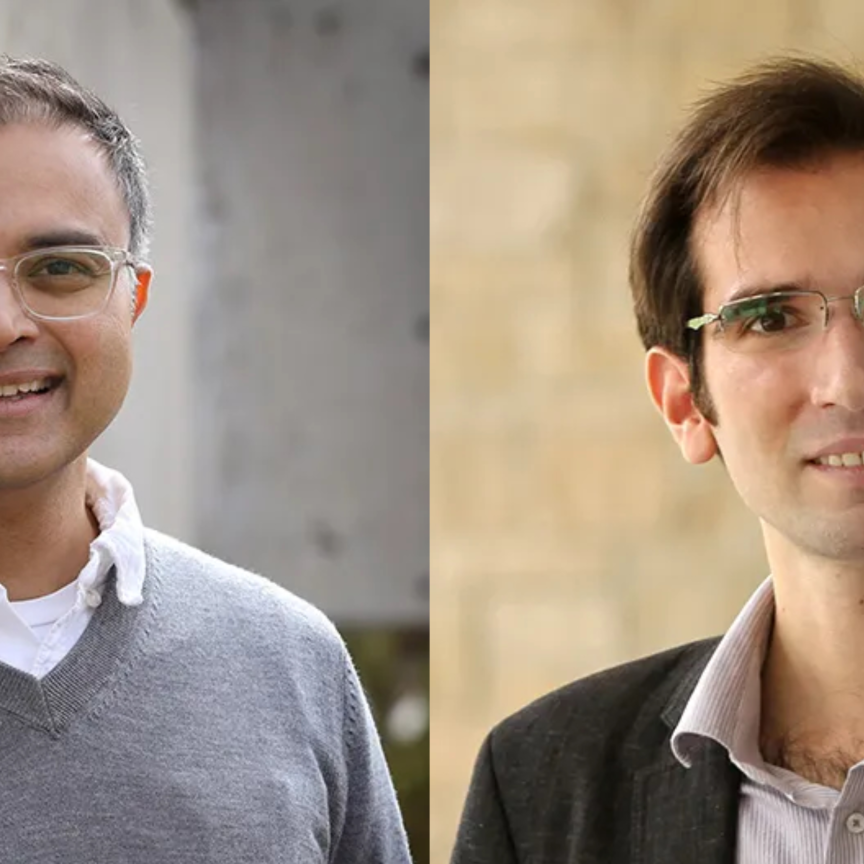Researchers at ETH Zurich have set a new ultrafast laser record, achieving picosecond pulses at 550 watts of average power, surpassing the previous maximum by more than 50%.
The achievement, led by Ursula Keller, professor at the Institute for Quantum Electronics, marks the strongest pulses ever created by a laser oscillator.
The pulses, which last less than a picosecond but exit the laser in a regular sequence at a rate of five million pulses per second, reach peak powers of 100 megawatts.
A 12-mirror array reflects light several times inside the laser
For the past 25 years, Keller's research group has been working on the continuous improvement of short pulsed disk lasers, in which the laser material consists of a thin disk, only 100 micrometres thick, of a crystal containing ytterbium atoms.
The new achievement is based on two innovations. Firstly, a special arrangement of mirrors that send the light inside the laser through the disk several times before it leaves the laser through an outcoupling mirror. “This arrangement allows the team to amplify the light without the laser becoming unstable”, said doctoral student Moritz Seidel.
The mirror array consists of 12 mirrors that are arranged in front of the thin-disk to reflect the laser beam “12 times per laser round-trip through the gain medium,” Mortiz explained to Electro Optics.
The mirrors all have dielectric coatings, all with a dispersive coating to introduce negative group delay dispersion. They are mounted onto a custom base plate so that they are accurately positioned and are also water-cooled to counteract thermal drifts.
“Many passes through the gain-medium increase the round-trip gain, enabling us to use an output coupling rate of 40%, meaning 40% of power is coupled out of the laser every round-trip,” said Moritz. “This results in manageable fluences on the intracavity optics, despite the very high output power.”
Semiconductor saturable absorber mirror
The second innovation regards the centrepiece of the pulsed laser: a special mirror made of semiconductor material, which was invented by Keller around 30 ago, known as a semiconductor saturable absorber mirror (SESAM). Unlike normal mirrors, the reflectivity of a SESAM depends on the strength of the light hitting it.
For a laser to send out laser light at all, the light intensity inside it has to exceed a certain threshold value. The SESAM reflects the light, which has already passed through the amplifying disk several times, particularly efficiently if the light intensity is high. As a result, the laser automatically goes into pulsed mode.

The round amplifier disk, through which the laser beam passes several times (bright spot at the centre). Image: Moritz Seidel / ETH Zurich
Pulses with powers comparable to the ones the team has now achieved could, up to now, only be achieved by sending weaker laser pulses through several separate amplifiers outside the laser. This leads to more noise, corresponding to fluctuations in the power, which causes problems particularly in precision measurements.
To create the high power directly using the laser oscillator, the researchers had to solve a number of technical challenges – for instance, how to attach to the semiconductor layer of the SESAM mirror, a thin sapphire window, which strongly improves the properties of the mirror.
“We have combined 25 years of research into high-power ultrafast thin-disk lasers into this result,” Seidel told Electro Optics. “This includes operating the cavity in a low-pressure environment, high-power SESAM technology such as sapphire bonding and now ion implantation of these SESAMs.
“Furthermore the new replicating cavity design helped build a really robust cavity that can achieve the reported records,” Seidel continued.
Picosecond to attosecond?
Ursula Keller - a past Photonics100 honouree - expects to now be able to shorten these pulses very efficiently to the regime of a few cycles, “which is very important for creating attosecond pulses,” she said.
According to Keller, the fast and strong pulses made possible by the new laser could see applications in new so-called frequency combs in the ultraviolet to X-ray regime, which could lead to even more precise clocks. “A dream would be to show, one day, that the natural constants aren’t constant after all”, says Keller.
In addition, terahertz radiation, which has a much longer wavelength than visible or infrared light, can be created with the laser and then used, for example, to test materials. “All in all, one can say that with our pulses lasers we have shown that laser oscillators are a good alternative to amplifier-based laser systems and that they enable new and better measurement”, Keller summarises.
The achievement was recently reported on in Optica.


